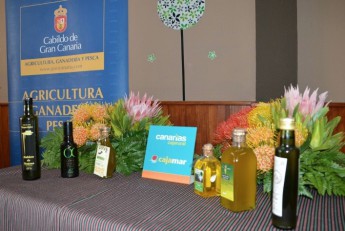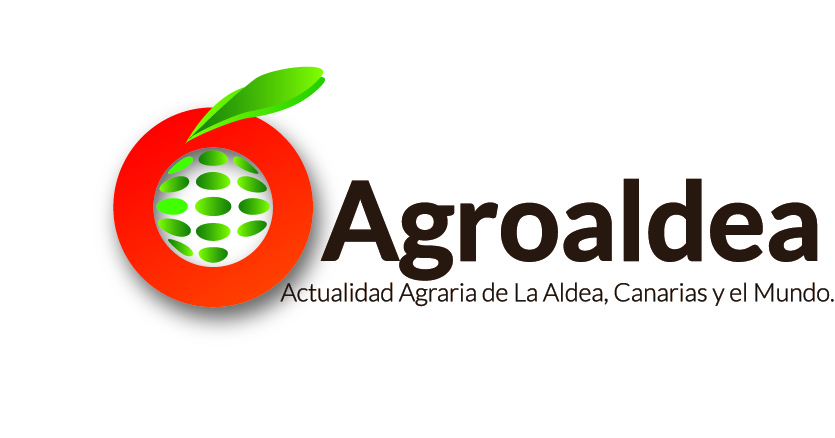 Will take place on Saturday 7 of March, starting at 10.00 hours, at Finca Los Olivos with the participation of six producers.
Will take place on Saturday 7 of March, starting at 10.00 hours, at Finca Los Olivos with the participation of six producers.
La jornada fue presentada por el consejero de Agricultura, Livestock, Fishing, Aguas y Patrimonio del Cabildo de Gran Canaria, Francisco Santana, quien señaló que el veredicto de la cata tiene previsto conocerse sobre las 14.00 horas en el recinto de Las Medianías.
Entre los responsables del jurado que tome esta decisión se encuentra Ana Asunción Carpio, una experta internacional en la materia procedente de Santa Lucía,
Santana explicó que la producción relacionada con los olivos se ha incrementado en los últimos años gracias al esfuerzo conjunto de administraciones y agricultores.
En la Isla existen un total de 60.000 plantas de esta especie. De esa cantidad, the 60% de la producción se destina a aceitunas de mesa, venta en verde y envasada (existe una empresa con registro sanitario, llamada el “Olivo Canario”), y el otro 40% para elaboración de aceite, por lo que la producción de aceite es de unos 50.000 litros anuales.
El consejero confía que este año, gracias al buen clima y las lluvias, la producción pueda incrementarse, Since 2014 no fue precisamente un buen año de cosecha. El responsable insular asegura que la intención de su área es incentivar la producción de aceites, ya que se trata de productos competitivos en Gran Canaria, que no tienen nada que envidiar a los que se realizan en Andalucía. En la isla sólo se envasan las variedades de virgen y virgen extra debido a las características y la cantidad de los olivos.
El Cabildo vuelve a celebrar este año 2015 esta iniciativa, after not being able to perform in the 2014 because the year was disastrous in terms of production, by the warm winds at the time of flowering.
Los participantes de la III Cata Insular de Aceites de Gran Canaria son las siguientes almazaras:
• Oil mill of the City of Santa Lucía.
• Mill of the Agüimes Town Hall.
• Mill “Los Barros”, Agüimes.
• Oil mill "Canary Gold", Agüimes.
• Mill "Olivo Canario", the Telde.
• “Asoligran” packaging machine, of Saint Bartholomew.
Gran Canaria is the island of the Canary archipelago with the largest area devoted to olive cultivation. In recent years there has been a significant boom in this crop that has turned the olive tree into a possible alternative for the maintenance and development of the southeast of Gran Canaria..
Its great adaptability to certain environmental conditions, as well as its high agronomic value, ethnographic and landscape have favored its expansion.
Actualmente están instaladas en la Isla 9 oil mills: 4 in Agüimes, 2 a Sta. Lucy, 2 in Telde and 1 Ingenio, in addition to a packaging plant in San Bartolomé de Tirajana. Three are municipal and the rest are private initiatives.
Although some have their own farm, almost all of them depend on the olives sold by farmers in the area who are not always the same. If we add to this the characteristics of the crop, especially of the Verdial variety, which is a very vecera variety, highly variable productions are obtained from one year to another.
The estimated production of olives is about 700.000 kilos, pero no hay que olvidar que el olivo es un árbol muy vecero y por tanto varía mucho de un año a otro.
Conocer la superficie cultivada actualmente de olivos es difícil porque muchos árboles, especially the old ones, they are scattered planted as isolated feet on the edges of the plots, Although it is estimated at approximately 60.000.
Of these, at least the 50% they are recently planted (two or three years), the varieties used are from the country, (Huevar verdial), the picual and arbequina, with a bit of hojiblanca, surcharge, chamomile... Crops have been registered in the municipalities of San Bartolomé de Tirajana and Agüimes, with a result of more than 14.000 olive trees, in the first and 15.000, In a second.

